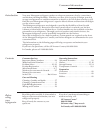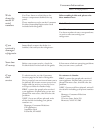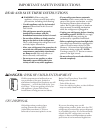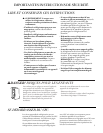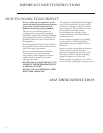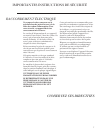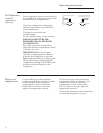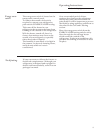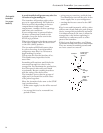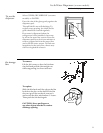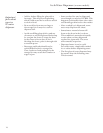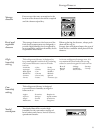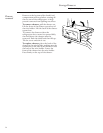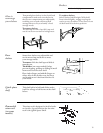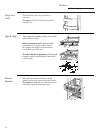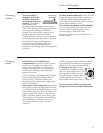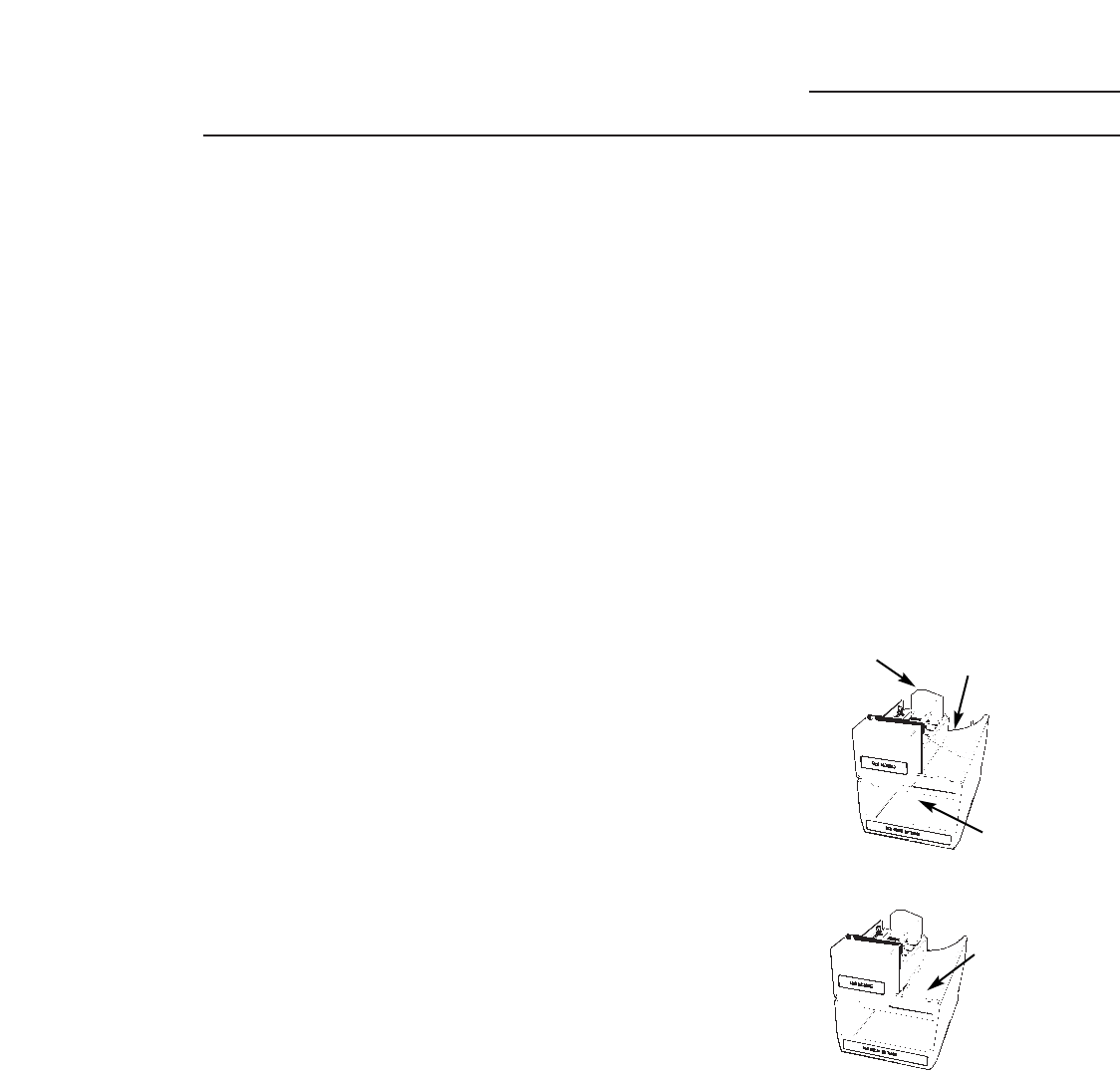
Automatic Icemaker (on some models)
Built - In Refrigerators
A newly-installed refrigerator may take 8 to
12 hours to begin making ice.
The icemaker will produce eight cubes
per cycle—approximately 100 cubes in a
24-hour period, depending on freezer
compartment temperature, room
temperature, number of door openings
and other use conditions.
If your refrigerator is operated before
the water connection is made to the
icemaker, keep the feeler arm in the
STOP (up) position.
When the refrigerator has been connected
to the water supply, move the feeler arm
to the ON (down) position.
The ice maker will fill with water when
it cools to freezing. A newly-installed
refrigerator may take 8 to 12 hours to
begin making ice cubes.
Throw away the first few batches of ice.
This flushes away impurities in the
water line.
Icemaking will continue until the feeler
arm senses enough ice cubes in the
storage bin. For maximum ice production,
level the stored cubes with your hand
occasionally. Be sure nothing interferes
with the swing of the feeler arm.
The icemaker ejects cubes in groups of
eight and it is normal for several cubes
to be joined together.
Move the icemaker feeler arm to the STOP
(up) position when:
• home water supply is to be off for several
hours.
• ice storage bin is to be removed for a
period of time.
• going away on vacation, at which time
you should also turn off the valve in the
water supply line to your refrigerator.
• turning the freezer control to the OFF
position.
If ice is not used frequently, old ice cubes
will become cloudy and taste stale. Empty
the ice storage bin periodically and wash
it in lukewarm water. Be sure to allow the
storage bin to dry before replacing it—
otherwise ice cubes may stick to other
parts of the icemaker.
If this is your first icemaker, you’ll hear
occasional sounds that may be unfamiliar.
They are normal icemaking sounds and
are not a cause for concern.
Icemaker
Ice
Storage
Bin
Feeler arm in
STOP (up)
position
Feeler arm
in ON
(down)
position
Automatic
icemaker
(on some
models)
10



